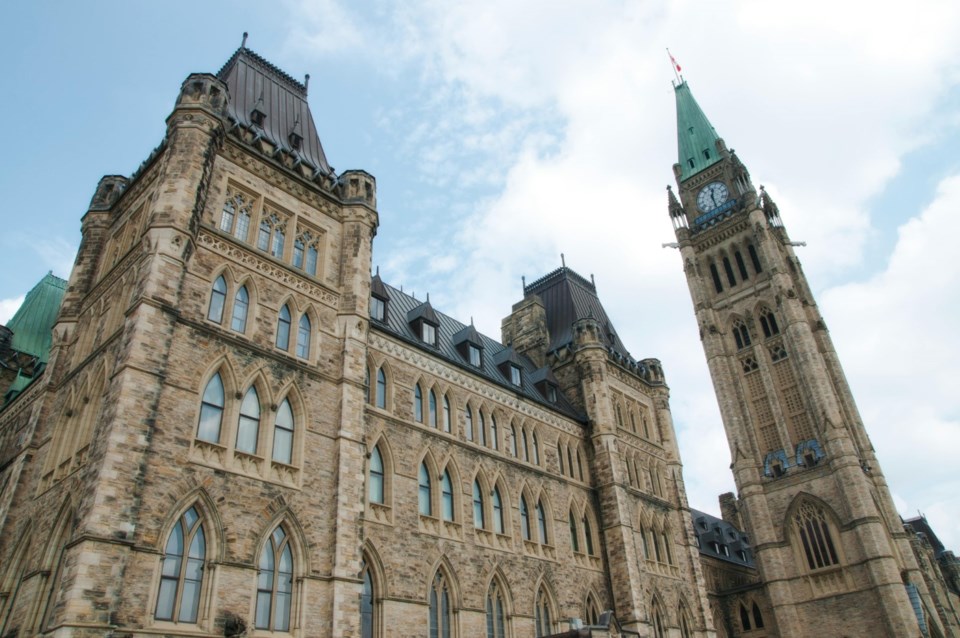TERRITORY OF THE ANISHINAABE ALGONQUIN NATION — First Nations chiefs gather on Parliament Hill May 26 and 27 to reaffirm their sovereignty and nation-to-nation relationship with the Crown, coinciding with King Charles III's speech from the throne at the Senate of Canada on May 27.
Treaties one through 11 were made between sovereign First Nations and the Crown. These agreements were signed long before Alberta, Saskatchewan and Manitoba became part of Canada. These treaties are sacred agreements meant to last as long as the sun shines, the grass grows and the rivers flow. They are grounded in First Nations laws, governance systems and ancestral traditions that existed long before Confederation or provincial borders.
Nation-to-nation agreements between First Nations and the Crown are protected under Section 35 of the Constitution Act, 1982 and recognized in international law. They represent binding commitments that cannot be unilaterally altered and any attempt to override them is a violation of the original agreements made in good faith between First Nations and the Crown.
While acknowledging the frustration felt across First Nation territories following recent federal elections, First Nations leaders call for unity rather than division. They emphasize that understanding the original spirit and intent of Treaties is essential to any contemporary relationship between First Nations and the provinces.
“Our Inherent and Treaty rights, our inherent sovereignty, our languages, cultures, and traditions, our waters, lands, and resources they are a rights bundle, and interconnected and not isolated,” said FSIN Chief Bobby Cameron. “To understand First Nations, and this framework of multiple inherent rights, historical context establishes when and how these rights came into being. They are rights with a long history. Our Treaties are of international law, made with the British Crown, and we are optimistic that King Charles III will come meet us on Treaty 6 territory in 2026 to honour the 150th Anniversary of Treaty signing at Fort Carlton.”
“Any conversation about sovereignty, nation-to-nation relationships, and these sacred lands must begin with the recognition of treaty, not as history, but as a living, binding agreement between sovereign nations and the Crown. Treaty No. 6 First Nations, like all treaties, was not a surrender but a promise, a commitment made in good faith by our ancestors and the Crown to live together in peace and mutual respect,” said Confederacy of Treaty No.6 First Nations Grand Chief Desjarlais,
“As separatist rhetoric grows louder inAlberta, we remind Canada and the Crown that our relationship is not with provinces — it is with the Crown itself. The presence of King Charles III in Canada is a moment to reflect on that sacred relationship and to remind Canada of its Treaty obligations.”
“Our treaties are not merely agreements, they are sacred, living covenants established between sovereign First Nations and the British Crown. These covenants were entered into through ceremony, under the guidance of our laws and governance systems, with the clear understanding that we were entering into a relationship of mutual recognition and respect, not subjugation. The Crown must honour that this sacred relationship continues today regardless of constitutional change or national division.” said Grand Chief Kyra Wilson, Assembly of Manitoba Chiefs (AMC).
The Treaty Nations are calling upon King Charles III, as the representative of the Crown, to uphold binding inherent and treaty right obligations, and the implementation of those rights.
“Our treaties are binding agreements made between sovereign Nations and the Crown. They were never surrendered or erased. There would be no Canada without treaty and there can be no reconciliation without full recognition and implementation of those agreements,” said Regional Chief Willie Moore, Assembly of First Nation.




